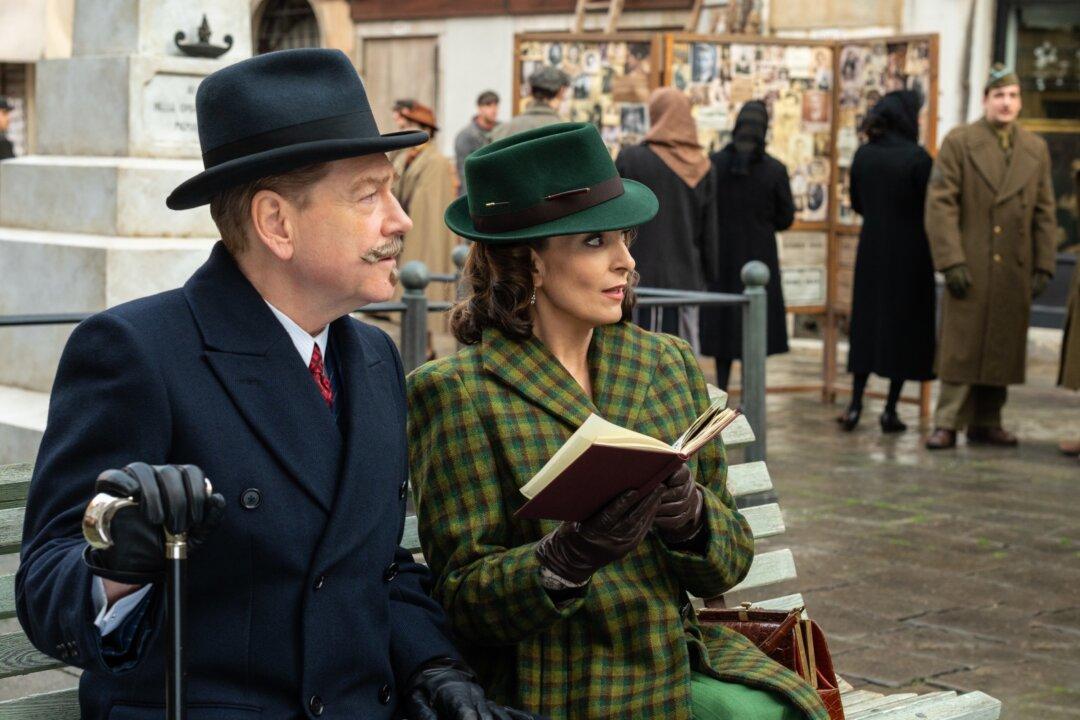Commentary
Crime stories are very effective material for movies. The dark side of humanity has always attracted the writer’s pen because of its inherent excitement. Detective stories are particularly intriguing, since the readers or viewers get to solve the crime along with a clever sleuth. Arguably, the most famous fictional detective is Sherlock Holmes, who was created by Sir Arthur Conan Doyle in the Victorian Era. There are many others, of course, including Edgar Allan Poe’s C. Auguste Dupin and Agatha Christie’s two detectives, Hercule Poirot and Miss Marple.





